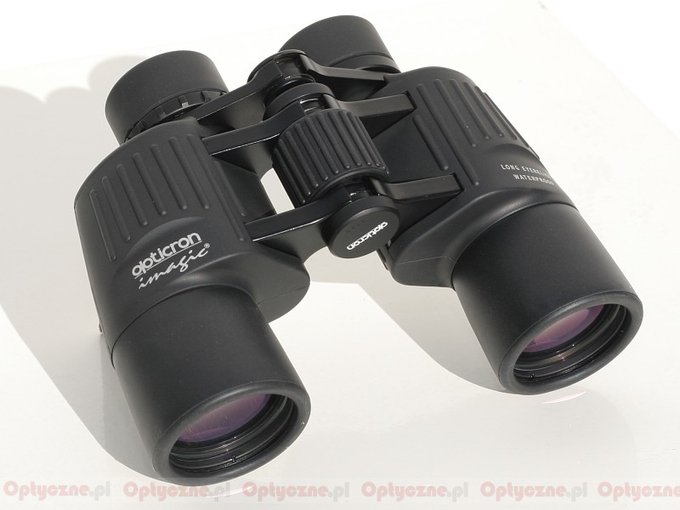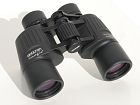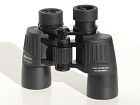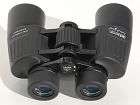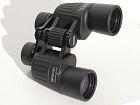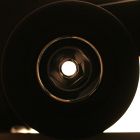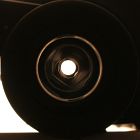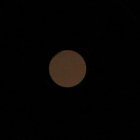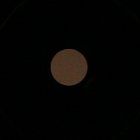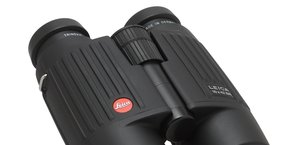Opticron Imagic TGA WP 10x42
The binoculars sport high quality, stylish rubber padding and a comfortable eye relief, they are physically light and their optics is fully covered by anti-reflection multi-coatings. Additionally, they are waterproof, nitrogen-filled and, like all Opticrons, they are sold with a very diverse accessory kit, including a case, caps, straps and cloths. It is also worth noticing that they come with a 30-year-long guarantee.
| Magnification | Lens diameter | Angular field of view | Prisms | Eye relief | Weight | Price |
|---|---|---|---|---|---|---|
| 10 | 42 | 97/1000(5.55o) | BaK-4/Porro | 21.5 mm | 687 g | 1050 PLN |
Summary
Pros:- high transmission,
- very low coma,
- good whiteness rendition,
- sharp image in almost all field of view,
- high quality prisms and coatings,
- low brightness loss at the edge of the field of view,
- good guarantee conditions.
Cons:
- the field of view could have been wider,
- too high distortion,
- significant flares.
Once again we have here an interesting duel between four very good and very similar sets of binoculars. In alphabetical order these are as follows: the Bynolyt Seal 10x42 BCF, the Olympus EXPS-I 10x42, the Opticron Imagic TGA WP 10x42 and the Swift Optics 962 Ultra Lite 10x42. All of them are classic Porro devices, with their dimensions very much alike. Their weight is in the 670-785 grams range, their fields of view amount to exactly 5.5 degrees and eye relief distances – from 18 to 21.5 mm. The most curious thing is that even their market prices in Poland don’t differ greatly – they range from 650 to a bit over 1000 PLN (arount 250-300 USD).
Looking at these binoculars and their parameters we see at once that their potential is great. First of all we deal here with an efficient and simple Porro construction which, for an amount of about 250-300 USD, can offer a lot. Apart from that, the limited field of view of 5.5 degrees allows us to expect no serious slip-ups at its edge.
None of these binoculars disappointed us and the Swift’s performance was just excellent with the sensational price/quality ratio. The Bynolyt and the Opticron can speak about bad luck here- if it wasn’t for the Swift we would write about them very warmly here. The Olympus’s main advantage is the lowest price, which might influence seriously the interest in this instrument. Undoubtedly all the binoculars have a lot of advantages but the Swift has them significantly more of them. As it costs almost the same or just a tad more than the rivals, the choice is really rather simple unless somebody doesn’t like its original housing and a bit heavier weight (although personally I doubt anybody would mind a difference of 20-40 grams) or will be persuaded by the attractive price of the Olympus.
If I started to get interested in a 10x42 class product only one thing about it would make me feel anxious – that field of view, amounting to only 5.5 degrees. There’s no doubt that good results of those four sets of binoculars are partially the effect of such a narrow field. Most of the 10x42 instruments have a field of view at the level of 6 degrees and we can even find models with the value of 6.5 degrees. Personally I wouldn’t accept a field of view of 5 degrees in a pair of binoculars with the magnification 10x and the 42 mm objective lens – I am not very keen on such instruments because their eyepieces’ field of view is so small that I have the impression of looking through a narrow pipe. Fortunately when we increase the field from 5 to 5.5 degrees that impression disappears and it seems that the angle of 5.5 degrees is the minimum I would be able to accept because I get a lot in return for this restriction.




